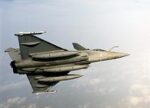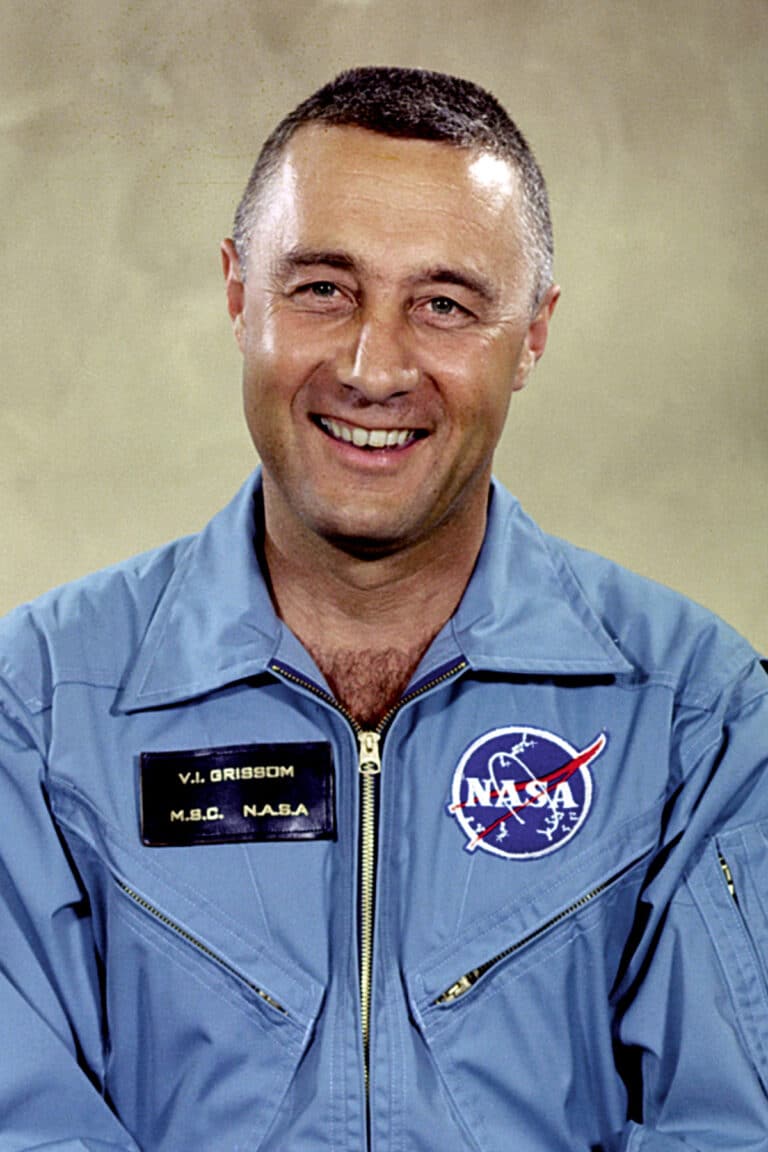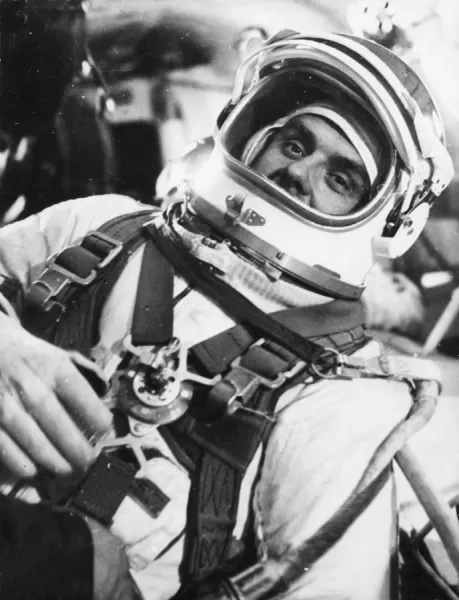There is exactly 90 years old, a significant event shook the world of aviation. On May 21, 1927, Charles Lindbergh, a daring pilot, made the first ever transatlantic flight alone And non-stop, connecting New York has Paris in just over 33 hours. This feat, carried out aboard his famous aircraft, the Spirit of Saint Louis, not only captured the public imagination, but also set new standards in commercial aviation. By making the decision to embark on this incredible adventure, Lindbergh not only made history; it paved the way for future aerial explorations and the rise of transatlantic flights modern.

Charles Lindbergh’s historic flight between New York and Paris, carried out on May 21, 1927, is more than a simple aeronautical feat; it is an event which marked a decisive turning point in the history of aviation. This daring pilot became the first to fly solo and non-stop across the Atlantic, and his feat paved the way for modern aviation, inspiring other pioneers and changing the perception of flight around the world.
Table des matières
ToggleA bold challenge
In May 1927, the idea of a direct transatlantic flight for a solo pilot might have seemed crazy. However, Lindbergh, nicknamed “the solitary eagle”, was determined to take on the challenge. He had designed his project around a monoplane called “Spirit of St. Louis”, a device specially built for the occasion. Lindbergh’s meticulous preparation and futuristic vision allowed him to design a reliable flight despite the many dangers inherent in such a journey.
An unprecedented technical feat
On May 20, 1927, at 7:54 a.m., Charles Lindbergh took off from Roosevelt Field airport in New York with his plane, filled to the brim with gasoline, to begin an odyssey of 33 hours and 30 minutes. This journey of almost 5,800 kilometers required immense courage and unwavering focus, as Lindbergh had to navigate using maps, compasses and his own skills, far from any modern support. By completing this unassisted flight, he transformed the idea of long-haul air travel, demonstrating the viability of aviation as a means of international transportation.
An impact on society
Lindbergh’s success immediately captured global attention and he became an international celebrity. Newspapers around the world hailed his achievement, raving about this human feat which not only proved that aviation was a feasible means of transportation, but also sparked immense interest in the development of commercial aviation. His conquest of the skies inspired thousands to take up flying and laid the foundation for the modern airline industry.
A new era for commercial aviation
After Lindbergh’s flight, the world quickly moved toward regular flights between continents. Its success prompted airlines to consider new routes and develop aircraft capable of carrying passengers over long distances. In this way, Charles Lindbergh is recognized as a pioneer who not only challenged the skies but also set a precedent for international commercial aviation.
The legacy of Charles Lindbergh
This iconic flight also had an impact on technological innovations in aviation. THE “Spirit of St. Louis”, with its technical advances, has become a symbol of human ingenuity. It sparked interest in more efficient aircraft designs, ushering in an era where aviation would be accessible to more people. Lindbergh, in short, not only shaped his era, but he also left behind a legacy that continues to influence the aviation industry today.
Charles Lindbergh, through his historic flight, not only achieved a daring feat, but also revolutionized aviation by proving the potential of long-distance air travel. His courage and determination forever changed the perception of aviation, both technically and societally, laying the foundations for a future where aviation would become an essential and widely accessible service.
























